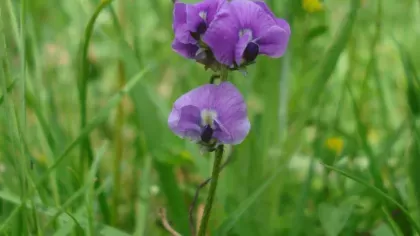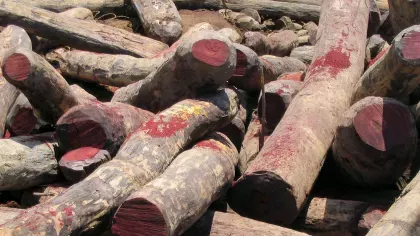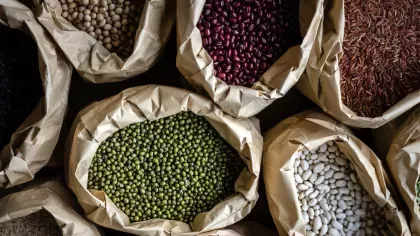20 May 2020
Full of beans: How Kew’s legume science can help feed the world
Legumes are good for human and environmental health. Kew’s vast collection of specimens is revealing the diversity of a plant family with a key role to play as agriculture adapts to climate change.

The edible seeds of the legume family, or pulses, have been nourishing humans for thousands of years, from ancient Mesopotamia to Greece, Egypt, India, China and Mexico.
They even get a name check in the Iliad, Homer’s 8th century BCE epic about the Trojan war.
But legumes are not just historically important: they are also a food of the future.
Their unique characteristics as a source of protein and natural fertiliser mean they can play a vital role in improving the health and nutrition of a growing global population, while at the same time supporting sustainable agricultural practices in a warming world.
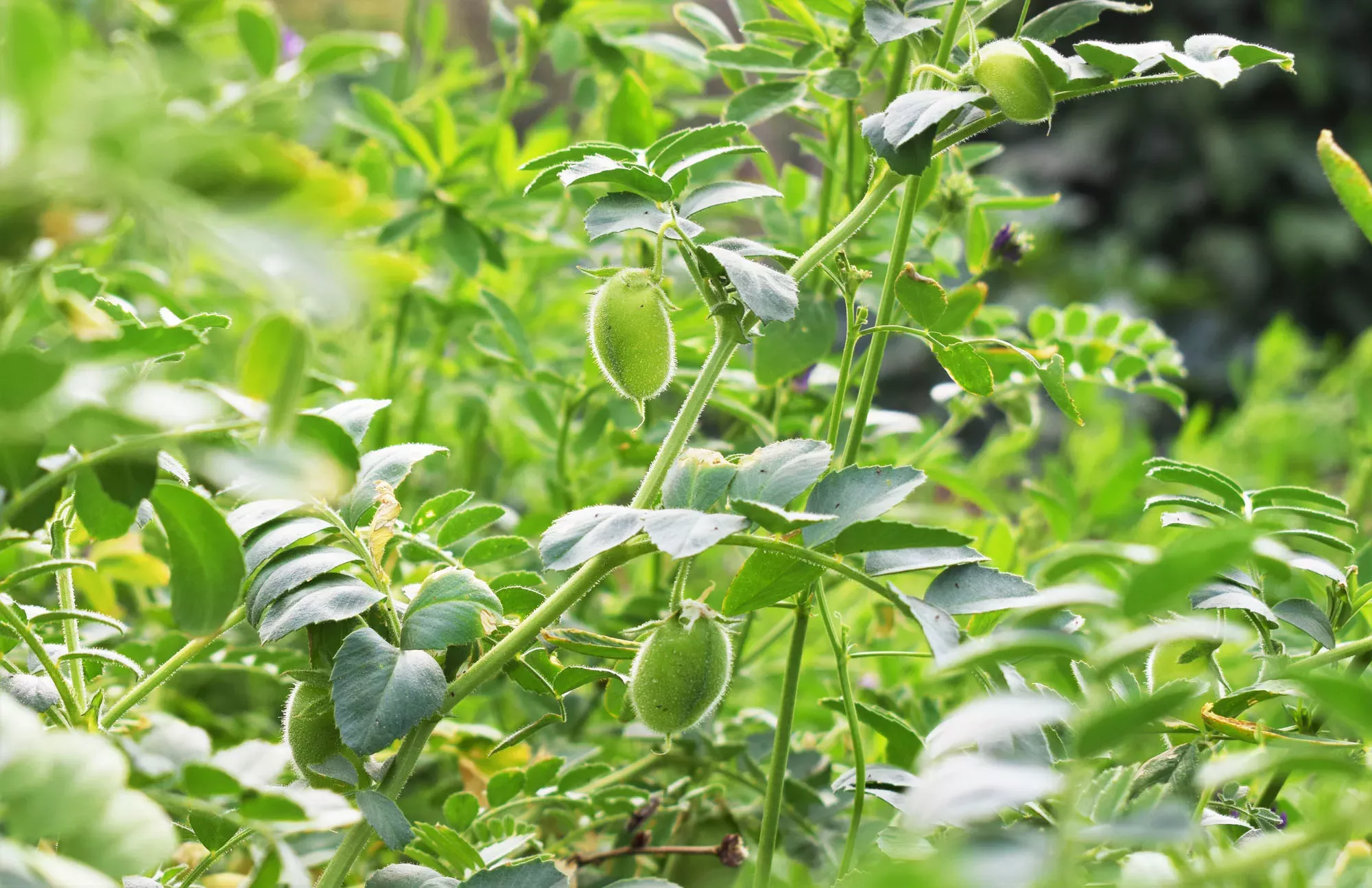
Little, large and lots
Tapping their full potential hinges on deepening our understanding of the myriad of variations within this remarkable plant group.
With a total of more than 19,600 species, legumes (Fabaceae or Leguminosae) are the third largest flowering plant family on the planet, after daisies (Asteraceae) and orchids (Orchidaceae).
They are immensely diverse, ranging from small herbs and shrubs to lianas and giant forest trees, such as Brazil’s whopping Dinizia jueirana-facao.
And legumes grow everywhere - from ocean shores to the slopes of high mountains - on every continent except Antarctica.
A handful of species are very familiar to us and can be found in store cupboards around the world.
They include common beans like kidney, pinto and navy (Phaseolus vulgaris), peas (Pisum sativum), chickpeas (Cicer arietinum), broad or faba beans (Vicia faba), and lentils (Lens culinaris).
These, however, are just the tip of the iceberg. There are many more obscure or forgotten species grown in different parts of the world, as well as hundreds of wild relatives.
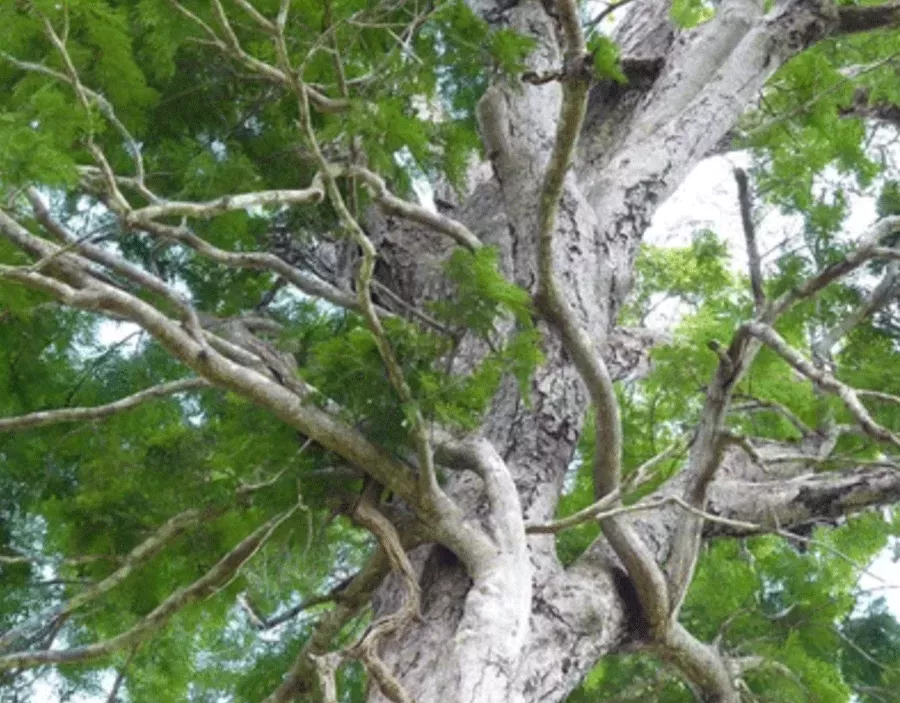
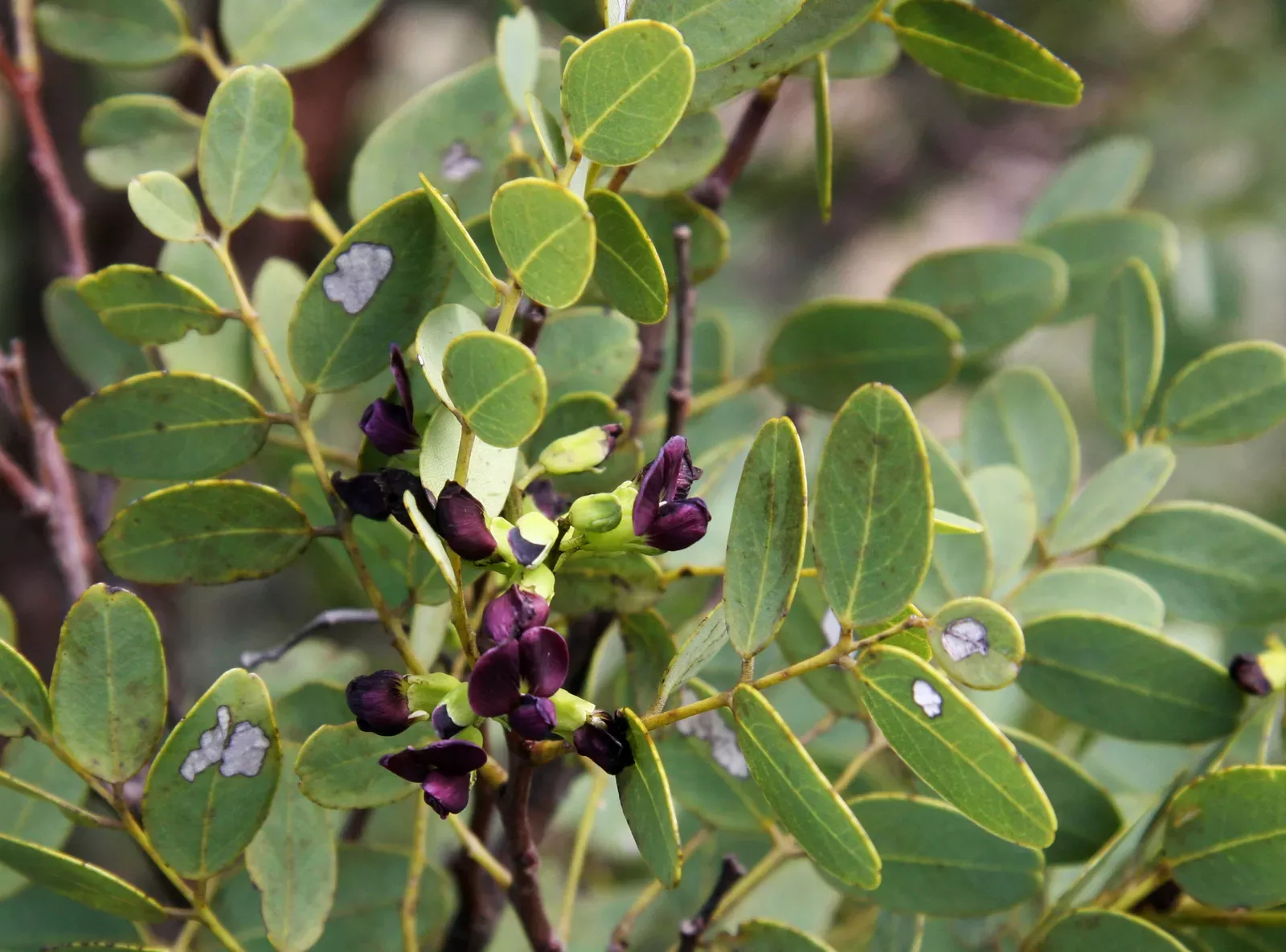
Fount of knowledge
Kew is a repository of knowledge about this vast array of legume species and its extensive Herbarium collection offers scientists a window into their biology, geography and history.
Built in 1877, the Herbarium contains more than 7 million plant specimens, of which 10% or around 700,000 are legumes, making it one of the richest and best-curated troves of leguminous plant material in the world.
In an era of alarming climate change and rapid global population growth - with the number of people on Earth expected to peak at nearly 11 billion by the end of the century - there is an urgent need to learn more about one of the world’s most versatile crop groups.
The exact implications of a hotter world are still debated, but it is clear growing water shortages and encroaching deserts threaten to reduce both the quantity and quality of some of our staple crops such as wheat and rice.
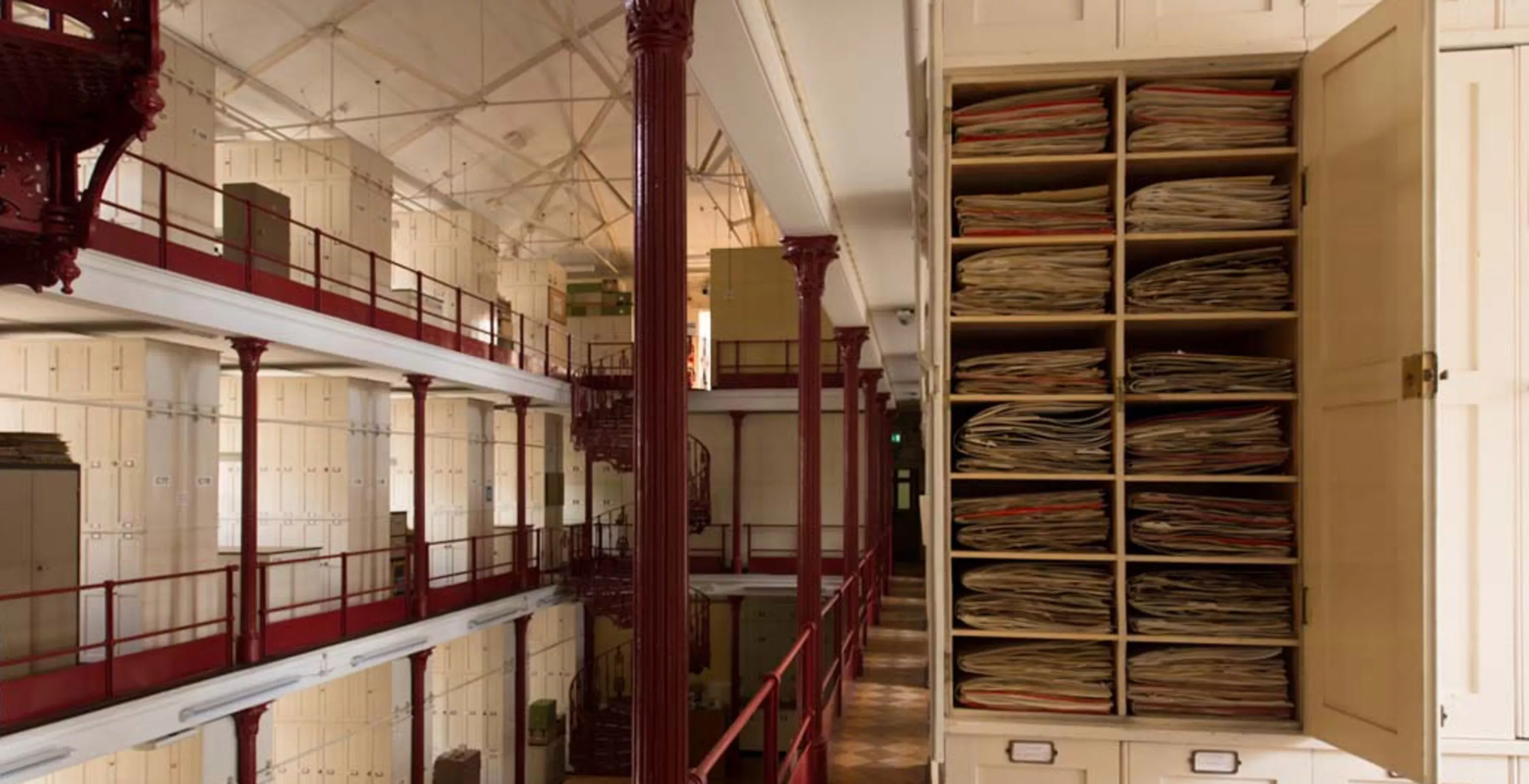
Sustainable heroes
Legumes will not be immune from the ravages of climate change and some areas used for growing them today may no longer be suitable in a hotter, drier world.
But, as a family, these plants are survivors.
They thrive in some of the harshest landscapes, giving scientists hope that it will be possible to breed new varieties with improved survival traits, such as drought or salinity tolerance.
Another approach would be to promote the wider cultivation of species that are currently only grown in a narrow geographic window.
The Yeheb nut (Cordeauxia edulis) from Ethiopia and Somalia, for example, can survive very high temperatures and needs just 150 millimetres of rain a year to produce a nutritious chestnut-flavoured seed.
Nitrogen fixers
A unique feature of many legumes is the special relationship they have developed with bacteria, which allows them to capture nitrogen from the atmosphere and turn it into plant food.
This means that they are often well-suited for recovering trashed habitats.
Their ability to “fix” nitrogen also enriches the soil, leaving a natural fertiliser for other crops - the basis for crop rotation systems that have been practised in different cultures for thousands of years.
As a result, pulses and other legumes, including the forage crops clover (Trifolium species) and lucerne (Medicago sativa), are some of the most sustainable crops that farmers can grow.
There is no need for expensive and environmentally damaging chemical fertilisers, and they require only a fraction of the water needed for farmed sources of animal protein.
Ancient cultures were aware of the ability of legumes to improve the soil, even if they did not appreciate this was due to symbiotic nitrogen fixation by bacteria in the root nodules of legumes.
Today, the same environmental benefits make pulses a central pillar for veganism, which is attracting growing public interest as a future-proof diet that is both healthy and environmentally benign.
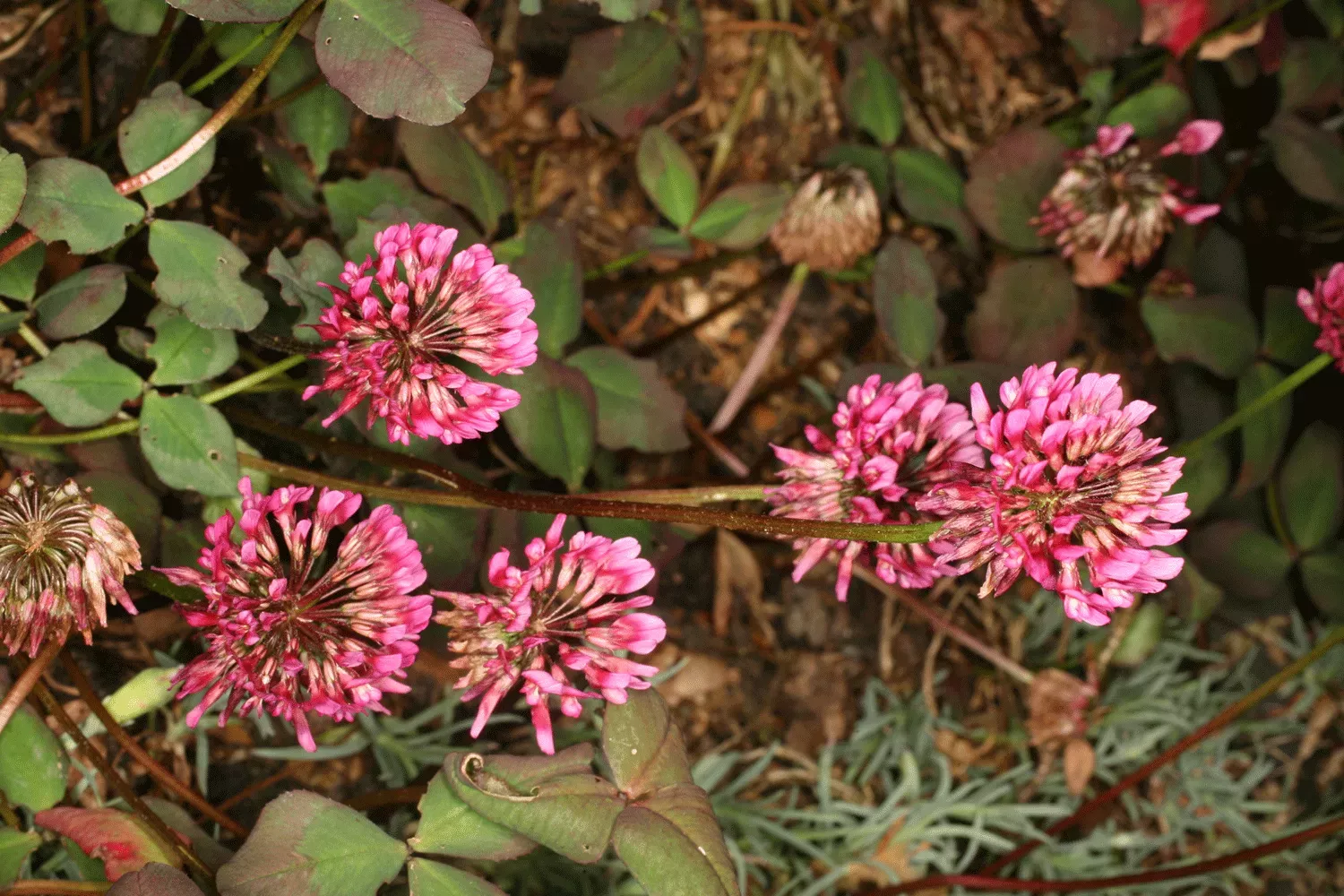
Digitised legumes
Kew’s Herbarium collection has a pivotal role to play in adding to knowledge about legumes, especially when it comes to overlooked crops like the hyacinth bean (Lablab purpureus) or edible lupin (Lupinus mutabilis).
Mass digitisation is putting more and more of Kew’s information online, allowing researchers to access taxonomic, habitat and geographical data that they could otherwise only get by visiting Kew in person - something that was often tricky and is now impossible in an era of coronavirus travel restrictions.
Under a project funded by the British government’s overseas aid budget, a total of 37,000 legume specimens from Kew, together with smaller collections at London’s Natural History Museum and the Royal Botanic Gardens in Edinburgh, have now been digitised.
The focus has been on dry beans from the subtribe Phaseolinae, as well as certain timber species belonging to the so-called rosewoods, including the legume genera Dalbergia and Pterocarpus.
Such detailed digitised information allows scientists to refine the geographic ranges of plants and better understand their natural habitats.
The Herbarium’s deep historical records also mean it can shed light on how the distribution of species has changed over time.
And this Herbarium data can be cross-referenced with information about seeds collected from crop wild relatives: plants that are still growing wild and therefore have much greater genetic diversity than their cultivated cousins.
Their seeds have been collected and protected in seed banks worldwide, including Kew’s own Millennium Seed Bank.
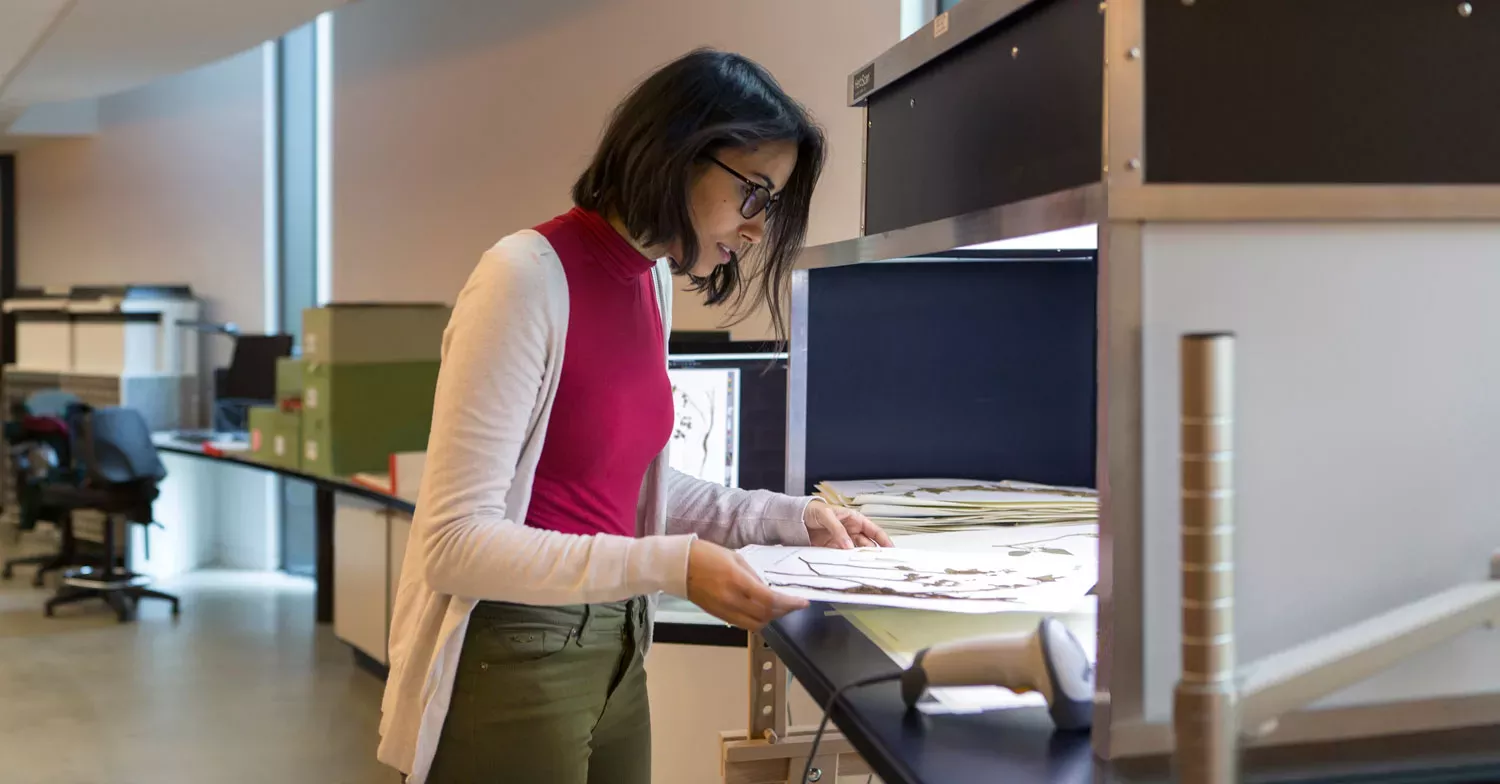
There is still lots to learn about a plant family that has given us everything from dry beans and soya beans (Glycine max) to liquorice (Glycyrrhiza glabra).
Even when it comes to one of humankind’s favourite legumes - the peanut, or groundnut, (Arachis hypogaea) - scientists are just scratching the surface.
These days, peanuts are a multibillion-dollar crop grown across Asia, Africa, Australia, and North and South America.
Yet the single cultivated version of this plant that is dug up by farmers from China to Argentina is only one of 69 peanut species found in the wild.
We know precious little about the other 68.

